When it comes to stinging insects, bees and wasps take center stage as nature's tiny aviators with a sting in their tail. But because they send thousands of patients to the ER every year, it’s not uncommon to see people running the other direction when these proficient pollinators come buzzing along. They flit through flowers, sip on nectar, occasionally crash a picnic, and, in the case of paper wasps, fashion architectural masterpieces from chewed-up plant bits. Here we venture beyond the honey and papery palaces to uncover some fun facts about these tiny, tenacious, and intimidating insects.
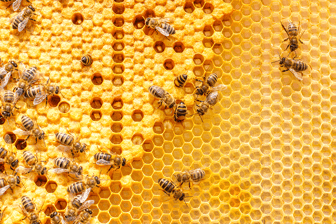
Social wasps (like yellowjackets and paper wasps) and social bees (like honey bees and bumble bees) live in colonies with numerous workers who forage for, defend, build, and care for the nest, its brood, and the queen. Solitary wasps (like mud daubers and cicada killers) and solitary bees (like carpenter bees and mason bees), live and hunt alone.
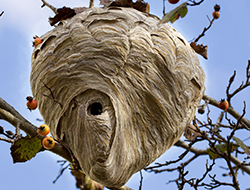
Nests built by paper wasps and yellow jackets are small architectural wonders constructed from a combination of chewed cellulose collected from bark or wood mixed with saliva. Their designs, patterns, and construction have inspired researchers interested in sustainable building solutions and bionic architecture.
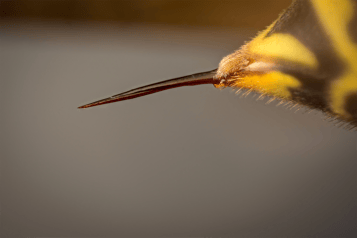
Both wasps and bees have stingers and are willing and ready to use them when they feel threatened. For some people, bee and wasp stings can cause allergic reactions, which might require immediate medical attention. Anaphylaxis, a potentially life-threatening allergic reaction, can occur in some cases.
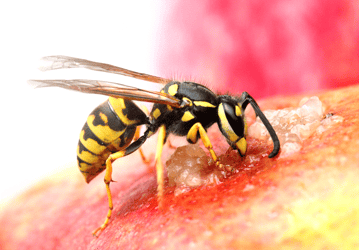
Wasps are able to fly a considerable distance away from their nest when foraging for food. Workers will hunt for and bring back insects and other meat to feed the developing larvae who depend on those proteins in order to grow. The adult wasps need a good energy source to sustain their foraging activities, so they feed on nectar (sugar).
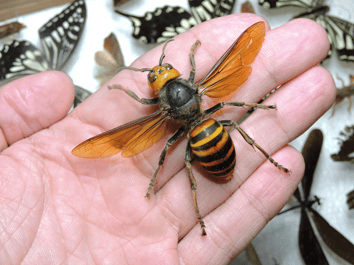
Invasive hornets have been making the news. According to the US Department of Agriculture, the northern giant hornet (Vespa mandarinia – widely referred to as the “murder hornet”) has not been sighted here since 2021. But now, the yellow-legged hornet (Vespa velutina) is making headlines. The hornet’s nest was found in Savanna, GA in early-August 2023, making it the first sighting of this species ever in the United States.
PCO Technical Services Manager